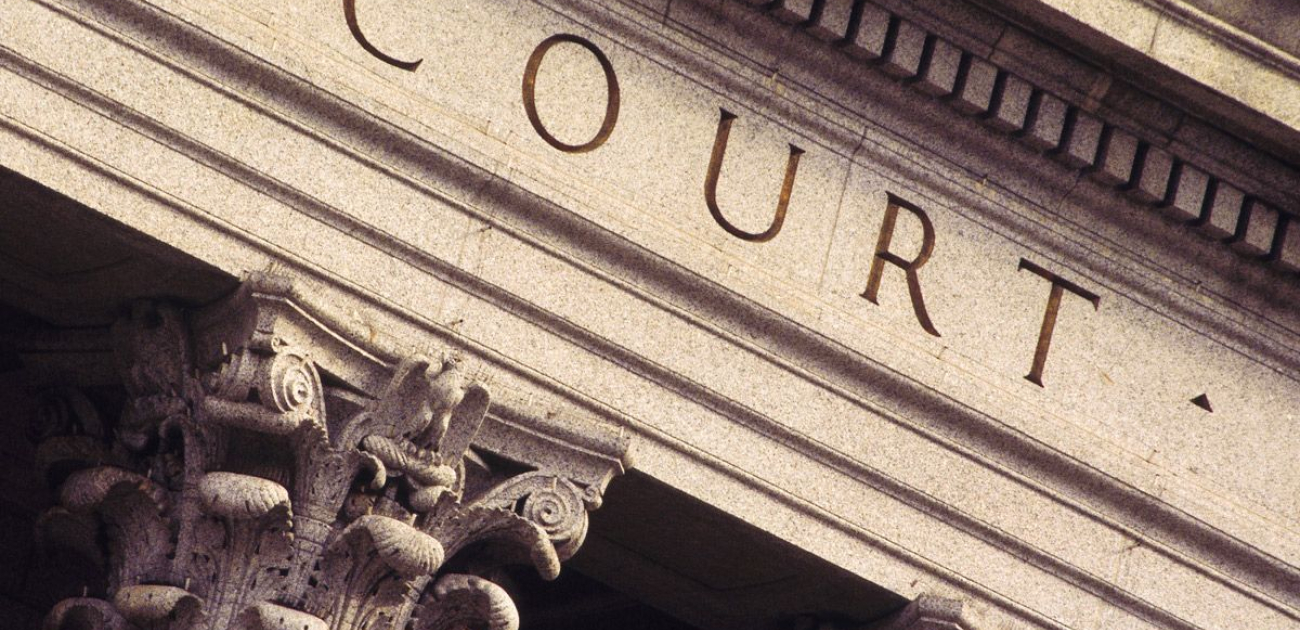G&S Litigation Victory - Alzheimer’s Disease and Related Disorders Association, Inc. v. Alzheimer’s Foundation of America
Marty Edel and Adam Safer secured a victory for the Alzheimer’s Foundation of America (“AFA”) in an action against it by the Alzheimer’s Disease and Related Disorders Association, Inc. (“Association”). The case involved the scope of the Lanham Act (and related state claims) as applied to keywords and on-line advertising that appears on a search engine results page where the marks are similar. Specifically, the Association contended that AFA advertising in which AFA referred to itself as “Alzheimer’s Foundation” was likely to cause confusion with the Association’s two-word, registered pre-existing mark, “Alzheimer’s Association.” Also, the Association argued that AFA’s purchase of Association trademarks as search engine keywords constituted trademark infringement and false designation of origin by driving traffic to AFA’s links.
Following a six-day bench trial, the court issued a 75-page decision. It determined:
- The Association had failed to prove trademark infringement or any of its other claims because, even though the marks were similar, there was no likely confusion.
- First, the Court found the Association’s mark was weak. In particular, the Court found that “Alzheimer’s Association” was a “weak, descriptive mark” and rejected the Association’s proof of secondary meaning for its mark.
- The Court also found little, if any, evidence of actual confusion. It also found that the Association’s surveys of confusion, while designed by a nationally recognized expert, were fundamentally flawed and unreliable. the Association’s surveys were too flawed to be considered.
- The Court found no cognizable evidence of bad faith, rejecting the Association’s attempt to show bad faith by a time-line of events and mistaken filings of which the mistakes were not known to AFA.
- With respect to damages, the Court agreed that it did not have to determine this issue because of its finding of no liability. That said, the Court found that the Associations’ proof of damages, as well as theory of damages, were too speculative.
The decision is important for a number of reasons. First, the Court applied the traditional Polaroid factors to an internet advertising case. Second, the Court provided a road-map to help trademark owners, particularly those with uncertain or weak marks, evaluate the strength of their claims by focusing on the factors of strength of mark, evidence of actual confusion and the type of “confusion” surveys which assist the Court and those which are not reliable, and what can be bad faith. Third, the Court pointed to the importance of witness credibility – particularly of expert witnesses – in evaluating the underlying facts. Here, the Court made findings concerning the lack of credibility of the Association’s expert witnesses, even though many of them had unchallenged qualifications.

